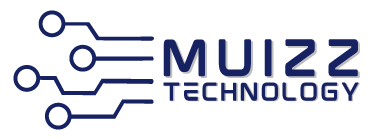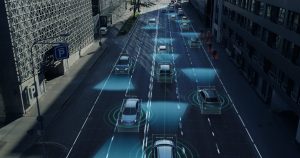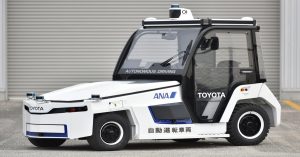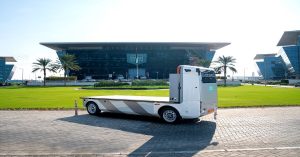Xylon has recently unveiled a fourth-generation data logging and HIL system designed for the development, testing, and validation of autonomous driving (AD) and vision-based advanced driver assistance systems (ADAS). The system is called Xylon Quattro and is built with an extensive and future-proof feature set that can support automotive developments up to L5 autonomy. The system complements the existing third-generation logiRECORDER data logger, which will continue to be maintained and upgraded for performance and cost-optimized automotive developments.
Features of Xylon Quattro
Xylon Quattro is equipped with various features that make it a comprehensive testing solution. One of the key features is its 128Gbps of data logging and playback bandwidth. The system also has up to 128TB of internal data storage and automotive interfacing, enabling direct connections of up to 16 video cameras with resolutions of up to 32MP via current LVDS interfaces. Xylon Quattro is backward compatible with the existing logiRECORDER video I/O modules, providing support for different video interfaces.
In addition, the system is capable of directly interconnecting up to 16 lidar and radar sensors (and other automotive systems) to 16 10M/100M/1G/2.5G/10G Ethernet (BASE-T) and automotive Ethernet (BASE-T1) channels. Four-channel Ethernet modules can also be configured into fast, HW-based two-channel TAP configuration, negating the need for costly external Ethernet switches.
Xylon Quattro can also directly interface (without external converter boxes) more than 20 low- and mid-speed automotive interfaces, including different versions of CAN, LIN, UART, and FlexRay networks. This universal, multifunctional device is designed to fulfill all test tasks in the years to come.
Programmable Hardware Engine
A key differentiator for Xylon Quattro is its programmable hardware engine configurable at the FPGA chip level. The bespoke hardware enables data processing out of reach to software or common hardware-based processing engines, including real-time insertion of a live video camera’s metadata into synthetically generated camera data for HIL testing of an ECU under test that runs the production firmware mode.
For additional flexibility, Xylon has expanded the HW engine with a complete x86-based PC to provide new possibilities in data logging and HIL playback, AI triggering and filtering, and automated scripted testing. Xylon invested significantly in an open software architecture to enable user customizations and modularity. This includes the emulation of high-speed sensors and support for existing and emerging protocols and services management.
Real-time Interface between the Synthetic and Real World
When utilized in HIL setups, the company’s systems work as smart I/O boxes that convert synthetic data from multiple and heterogeneous vehicle sensors modeled within the simulation platform into physical automotive interfaces connected to real ECU and domain controllers under test. This real-time interface between the synthetic and real-world works in both directions and enables full virtual test drives. Compared to the third-generation data logger, which features a single 10 GbE HIL port, the fourth-generation Xylon Quattro now integrates two 100 GbE HIL ports to enable the most complex simulations like ECU perception algorithms checkup based on simulated high-resolution camera and lidar inputs.







